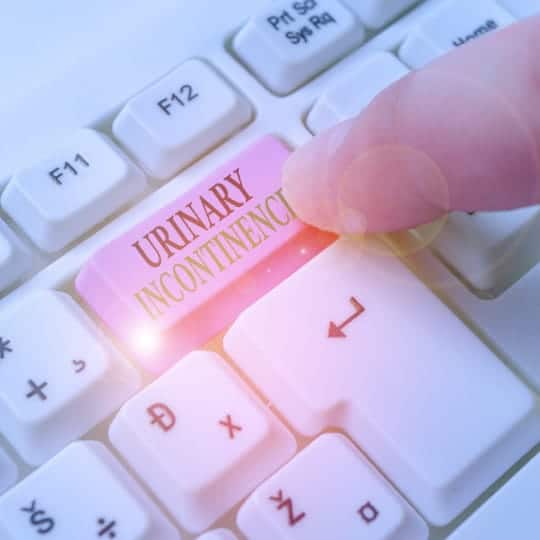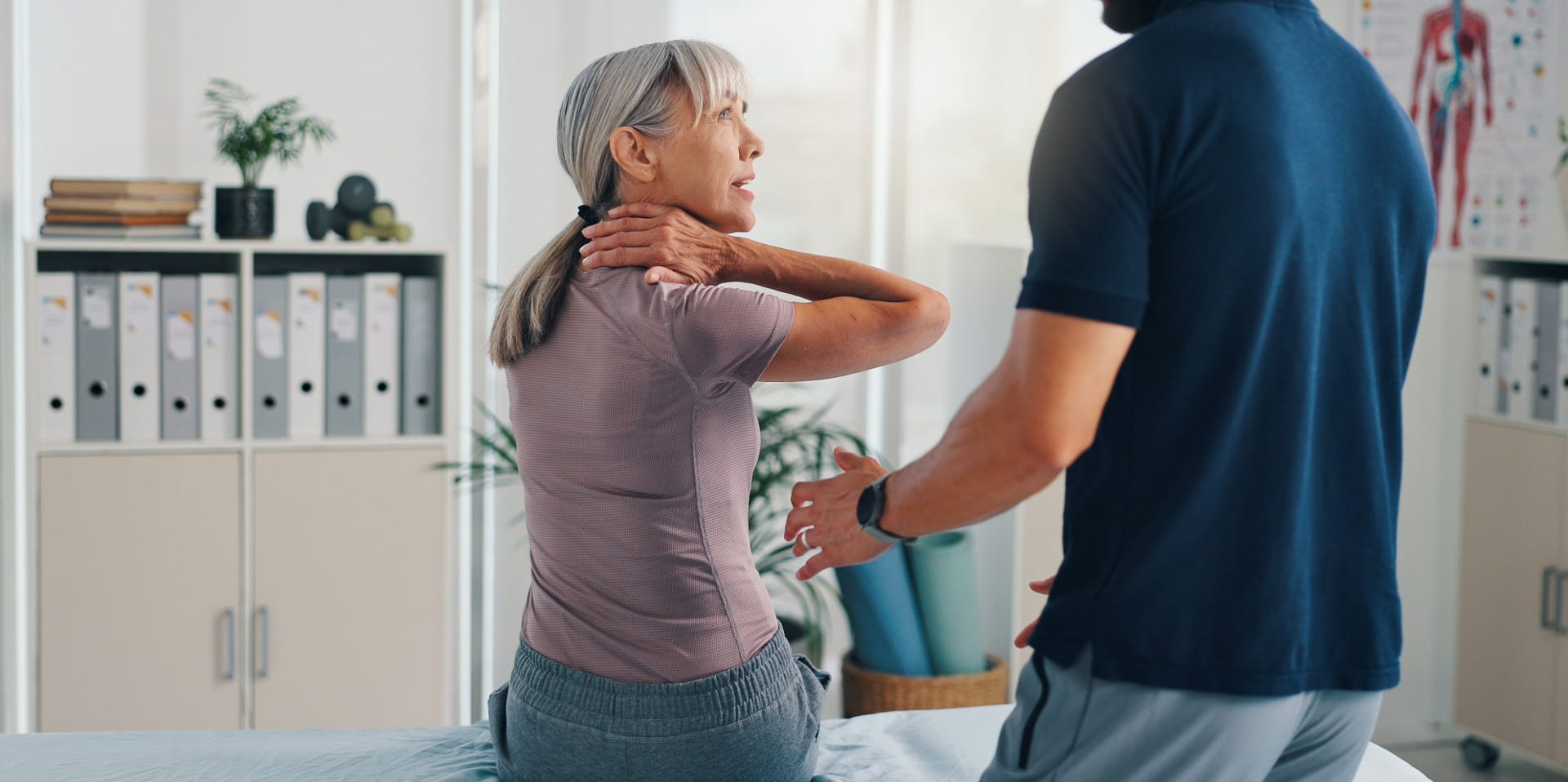Pelvic Floor & Urinary Incontinence Therapy Wadsworth OH
Condition Overview
There are two primary types of pelvic floor and urinary incontinence related to pelvic floor issues:
Stress Incontinence
This is the leakage of urine when pressure is exerted on the bladder. This can happen during activities like coughing, sneezing, laughing, running, or lifting heavy objects. It’s often the result of a weakened pelvic floor that can no longer adequately support the urethra.
Urge Incontinence
Often referred to as an “overactive bladder,” this involves a sudden, intense urge to urinate, followed by an involuntary loss of urine. The pelvic floor muscles may be overly tight or spasming, sending incorrect signals to the brain about bladder fullness.
Factors that can contribute to pelvic floor and urinary incontinence include pregnancy and childbirth, menopause, chronic coughing, high-impact sports, and even chronic constipation.

Our Treatments
At Advanced Health & Wellness Center in Wadsworth, we take a holistic, non-invasive approach to treating pelvic floor dysfunction and urinary incontinence. Whether you’re experiencing bladder leaks, urgency, or pelvic discomfort, our goal is to address the root cause—not just mask the symptoms
Cutting-Edge Treatment Options
Emsella® Treatment
This breakthrough, FDA-cleared technology is revolutionizing pelvic floor care. Emsella uses high-intensity focused electromagnetic energy (HIFEM) to stimulate deep pelvic floor muscle contractions—the equivalent of doing over 11,000 Kegels in just one session. Best of all? You remain fully clothed and relaxed during the treatment. Emsella strengthens the pelvic floor, improves bladder control, and helps reduce both stress and urge incontinence.
Shockwave Therapy
Shockwave therapy delivers gentle acoustic pulses to the pelvic floor area to enhance blood flow, promote tissue regeneration, and stimulate nerve healing. This therapy is especially helpful for patients with chronic pelvic pain or muscle dysfunction related to urinary incontinence. It’s painless, non-invasive, and highly effective when combined with neuromuscular retraining.
Neuromuscular Re-education
A key part of pelvic floor rehabilitation, neuromuscular re-education helps you reconnect with and retrain the deep muscles that support your bladder and core. Our customized programs focus on:
- Strengthening weakened pelvic floor muscles through guided, progressive exercises
- Improving muscle coordination between your pelvic floor, diaphragm, and abdominal muscles
- Releasing tension in overactive or tight pelvic muscles, often associated with urge incontinence
Lifestyle and Behavioral Modifications
Simple changes to your daily habits can have a significant impact on your pelvic floor and urinary incontinence symptoms. We may recommend:
Bladder training: This involves gradually increasing the time between bathroom visits to help your bladder hold more urine.
Dietary adjustments: Certain foods and drinks, like caffeine and alcohol, can irritate the bladder. We’ll help you identify potential triggers.
Proper hydration: While it may seem counterintuitive, not drinking enough water can concentrate your urine and worsen bladder irritation.
Patient Testimonials
“After just a few sessions, I noticed a huge difference. I can now play with my grandkids without worrying about leaks. It’s been life-changing!”
– Mary S.
“The team at Advanced Health & Wellness was so understanding and professional. They created a plan that was perfect for me, and I finally feel in control again.”
– John D.
“I thought this was just something I had to live with after having kids. I’m so glad I found this center. Their approach is gentle and incredibly effective.”
– Jessica P.
FAQ’s
Frequently Asked Questions

How long will it take to see results?
Many patients begin to notice an improvement in their symptoms within a few weeks of starting treatment. However, every individual is different, and the timeline for recovery will depend on the severity of your condition and your consistency with the recommended exercises and lifestyle changes
Is the treatment painful?
Our treatments for pelvic floor dysfunction are gentle and non-invasive. You may experience some muscle soreness, similar to what you might feel after any new exercise routine, but the therapies themselves should not be painful.
Will I have to do exercises at home?
Yes, a home exercise program is a crucial part of your recovery. We will provide you with clear instructions on how to perform your exercises correctly and safely at home. Consistency with your home program is key to achieving lasting results.
Can men experience pelvic floor dysfunction?
Absolutely. While it is more common in women, men can also experience pelvic floor dysfunction, leading to issues like urinary incontinence, especially after prostate surgery. We provide personalized treatment plans for men as well.
For more information on pelvic floor and urinary incontinence, the National Institute of Diabetes and Digestive and Kidney Diseases (NIDDK) is a valuable resource.
